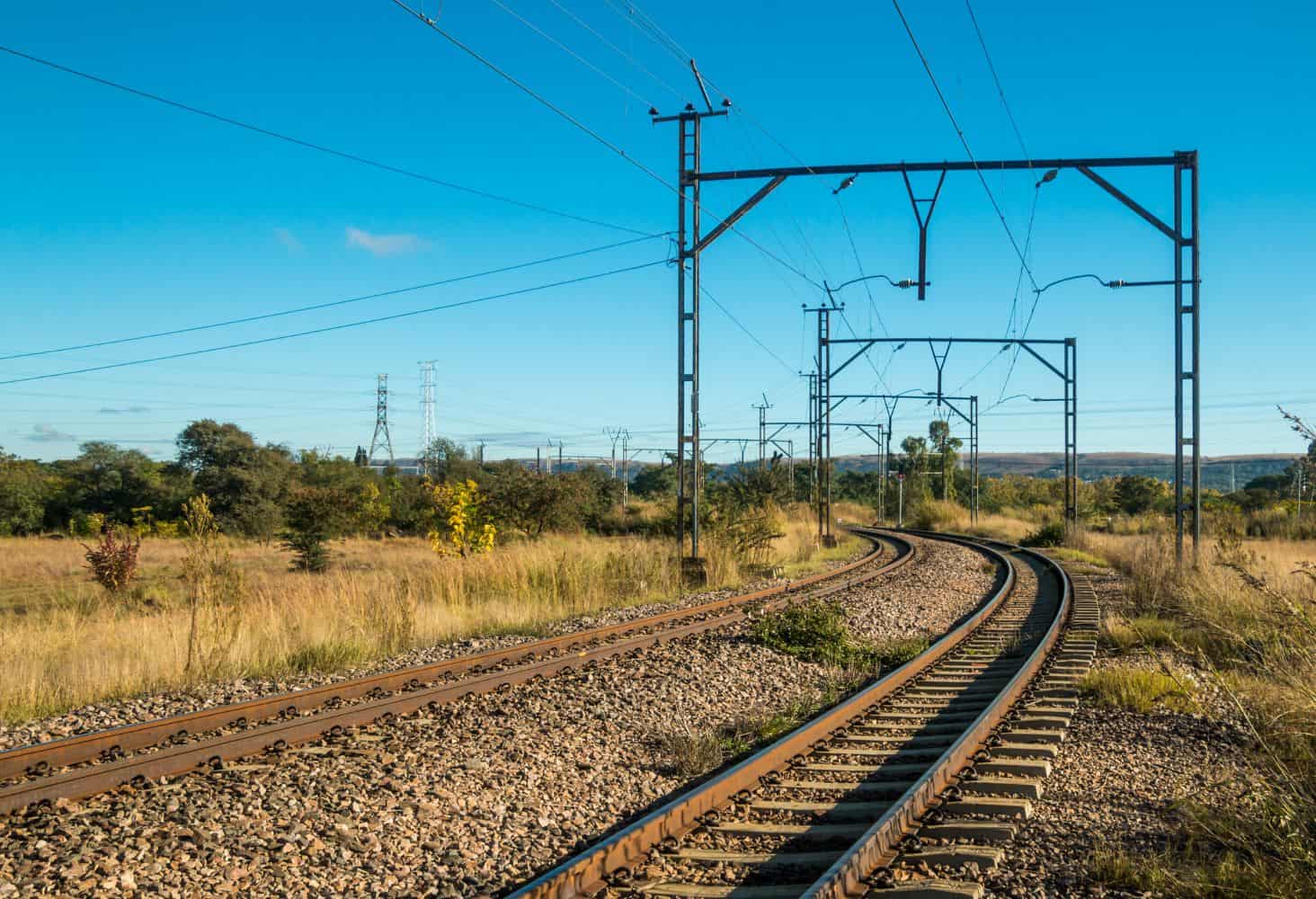Some, such as regulatory reform, are easily fixed. Now comes the hard part.

SA’s rail network needs about R300 billion invested in trains and track infrastructure to boost freight volumes from the current 160 million tons (Mt) to 250 Mt, according to James Holley, CEO of private rail operator Traxtion.
The last time state logistics operator Transnet came close to this volume was in 2018, when it shipped 226 Mt.
Eskom needs about R350 billion over 10 years to expand its transmission network and transformer capacity.
On the logistics front, the good news is that the needed regulatory reform is well underway, with the separation of the rail infrastructure from Transnet itself being placed under an independent manager. This will allow private operators like Traxtion to compete for business on key corridors.
Any discussion of reviving the SA economy must start with electricity and logistics – two chokepoints that have robbed SA of upwards of 10% in GDP. The recovery of even part of this will make a huge difference to job creation and business investment.
Holley outlines some of the difficulties facing private entrants: a train set completing eight train trips in a month instead of six means a 33% jump in revenue.
“This cannot be achieved without high-quality track, signalling, and scheduling infrastructure. The national network is in poor condition, and with the fiscal constraints the country faces, the Private Sector Participation projects are our only route to efficiency,” he says.
ALSO READ: How private sector can help with SA’s infrastructure
Private investors in rail infrastructure will want to earn a decent return from access fees charged to train operators. If volumes are low, access fees will have to increase and rail will become unaffordable.
Government lacks the budget to fix either Eskom or Transnet, so private sector funding will be key.
Anyone ploughing money into rail wants policy and regulatory certainty. If not, the cost of capital goes up, hence access agreements and concession terms must be designed to reduce risk for investors and lenders.
There’s progress too in reforming SA’s electricity market, with Eskom being split into generation, transmission and distribution entities, while the Electricity Regulation Amendment Bill is intended to establish a competitive energy market under the management of an independent system operator.
The latest national budget allocated R1 trillion to infrastructure over the next three years, with more than a third of this going to transport, R132.5 billion to water and more than R50 billion each for human settlements and municipal upgrades.
However, government has a storied history of promising big infrastructure spending and then failing to deliver.
The National Development Plan in 2012 promised to plough 10% of GDP annually into infrastructure but actual spend was 3% to 4%. Under former President Jacob Zuma, we had the infamous delays and cost overruns at Medupi and Kusile power stations which contributed to load shedding, while enriching politically connected elites.
ALSO READ: Three budgets later, infrastructure investment amount still the same
New study highlights bottlenecks
A new study from the Public Investment Corporation (PIC) takes a broader look at how to accelerate infrastructure development in Africa and shows that SA is not alone in its disappointing performance.
The complexity of negotiating projects across borders adds costs, delays and frustration to projects.
A case in point is the Grand Inga Hydropower Project in the Democratic Republic of Congo (DRC). It was intended to create the world’s largest hydropower scheme, by phasing up to 40 000 megawatts to feed power to Africa and potentially Europe. There’s no doubt about the project’s technical feasibility, but what has strangled it is “political instability, corruption, lack of credibility and an inability to secure the massive funding,” says the PIC. As a result, key funders have withdrawn from the project.
Then there’s the Abidjan-Lagos Corridor, connecting five West African countries with a six-lane highway. The original start date of January 2024 was missed due to the complexity of coordinating five countries and securing the massive $15.6 billion funding required.
The Grand Ethiopian Renaissance Dam (Gerd) is finally operating at 95% completion, after a decade of failed negotiations with Sudan and Egypt over water flow rights on the Nile. It has been generating power since February 2022, with cheap power being sold to bitcoin miners to generate extra revenue in off-peak times.
The Lobito Atlantic Railway will connect mines in Zambia and DRC to the Angolan port of Lobito. It involves the rehabilitation and expansion of an existing corridor, with a new rail spur targeted for completion in 2026. Financing negotiations took more than two years, with the DRC section adding substantially to the overall cost. There are fears of funding cuts under the new administration of US President Donald Trump, adding more uncertainty to the project.
ALSO READ: Treasury confirms R27bn World Bank loan to fix infrastructure
Urgent African infrastructure
“Accelerating infrastructure development in Africa is not only necessary, it is urgent,” says the PIC.
“The continent’s current economic trajectory, rapid population growth, and persistent gaps in access and service quality all point to the same conclusion: without a step change in the pace and scale of infrastructure delivery, Africa risks falling further behind in its pursuit of inclusive growth and structural transformation.”
According to the African Development Bank, the continent requires investment of $130 billion to $170 billion a year to bridge this infrastructure gap. Energy systems remain underpowered, transport networks fragmented, water infrastructure insufficient, and digital connectivity far from universal.
“The persistence of corruption, poor inter-agency coordination, and a lack of project-ready pipelines continues to stall delivery,” adds the PIC.
There’s no shortage of excellent models to benchmark against, such as the Cities Development Initiative for Asia, which assists cities in preparing infrastructure projects by making sure they are bankable and ready to fire.
ALSO READ: Public-private partnership: key to infrastructure transformation
Rwanda created the Rwanda Development Board by merging multiple government agencies into a single point of contact for investors. South Africa formed the National Treasury Public-Private Partnerships (PPP) Unit to provide guidance on standardising contracts, training for public officials, building expertise in financial structuring and risk allocation to ensure infrastructure projects are bankable and effectively managed.
The PIC urges policymakers to streamline regulations to facilitate private investment, with clear rules for domestic institutional investors such as pension funds and insurance companies, a strong local currency bond market, and unambiguous legal frameworks for public-private partnerships and blended finance.
Much of what it advocates is relatively inexpensive to fix. The risk of not addressing these bugs is more years of foiled infrastructure promises and continuing economic atrophy.
This article was republished from Moneyweb. Read the original here.






